Do you know that millennial olive trees are the victims of an outrageous traffic?
Olive trees of agricultural culture are uprooted, taken away from their native environment and sold at thousands of miles away as a decorative tree! Greedy traders legally buy land from which they pull out the centuries-old or millennial olive trees! These lands are probably paid a misery to population in distress who sell off their native land and their ecosystem! This Natural (and yet historic) heritage is for sale on the Internet!
= > View this video report on the Guardian
Thus, to date, 22th of January 2019, you will easily find many sellers of hundred years old or millennial olive trees with a simple search on the internet!
Surely it is necessary to quote Francis Hallé (French biologist and botanist):
“You should not believe that a very large tree, because of its gigantic rooting, its solidity, its complexity, its venerable age, is protected from an almost immediate destruction” Françis Hallé, plea for the tree, Actes Sud, 2005.
Uprooted and mutilated Millennial olive trees !
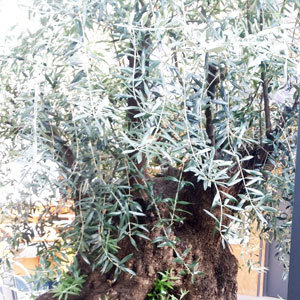 Of course, whenever these millennial trees are being uprooted, their root system and the majority of their large branches are completely cut. They are then kept dying in pots or planters.
Of course, whenever these millennial trees are being uprooted, their root system and the majority of their large branches are completely cut. They are then kept dying in pots or planters.
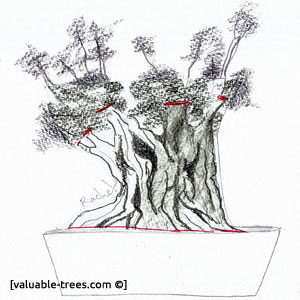
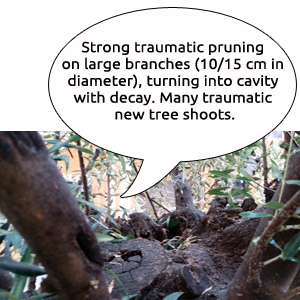
Also, while we were called for a phytosanitary diagnosis of such an olive tree, for a customer, we could only be dismayed.
Of course, a tree of such age, destroyed by so many mutilations of roots and branches can only be vulnerable. The tree is then easily affected by insect attacks or even lignivorous fungi.
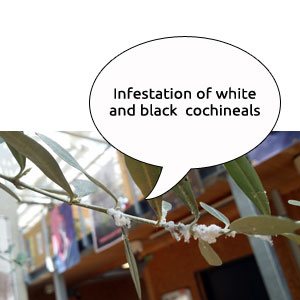
What Tree care is it possible to advocate?
Ecological treatments based on plants (infusions, sprays of fermented extracts) or essential oils, bio-predators will only have the effect of delaying its slow agony…
How to ensure a responsible tree purchase?
Do not get swindled !
The customer is king but also stolen in turn! Be aware that the olive tree sold at extortionate prices has very little chance of surviving.
Indeed after such a treatment (while a transplant organised in the nursery is already risky for a large tree), a mature tree has very little chance of surviving. However the ‘ time step ‘ of a tree is very different from humans. The reaction process of the tree is deferred over time. The tree can stay in a static state for a few years. Then, in a last impulse of life, he will produce young tree shoots, buds, flowers… a few years before declining fatally. What can appear to you as ‘ signs of recovery ‘ is in fact only a final attempt to survive or reproduce a offspring…
A tree is made of roots and branches. Is it necessary to recall that a tree is a ‘ living being ‘!?
Which trees to buy?
- Buy a tree raised in a nursery! Age and culture operations are very codified unlike a non-specialised store.
- Buy a tree whose provenance is certified! Even if the price may be higher, the tree provenance from local surroundings will avoid the disappointment of having unmanageable and imported insects or pathogens .
- Buy a young plant with bare roots! These young trees will demonstrate a fairly easy recovery and rapid growth at a low cost. They will have been little transplanted and their young roots are much more likely to pursue good development.
- Avoid buying a tree stem that is already high! Their cost is not only more important but their recovery is much more delicate and not guaranteed. This, whatever you are told! It is scientifically proven that a young plant catches a tree stem in 20/25 in 10 years and exceeds it in 15 years!
The quality of the root system is just as important as the pruning of the branches. The younger the tree, the easier it is to recover! This, provided, of course, that the tree is planted in an environment (and therefore a soil and climate) adapted to it!!!

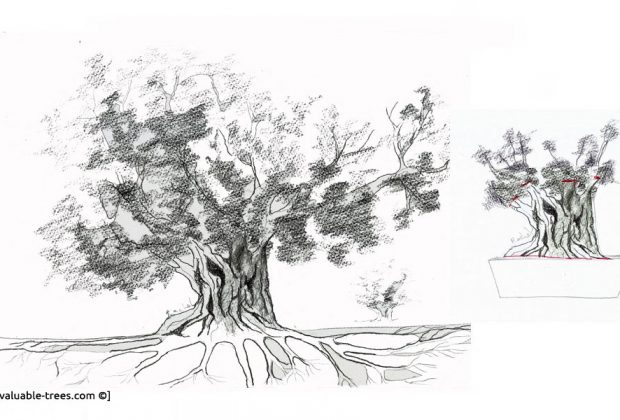




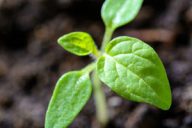



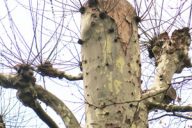
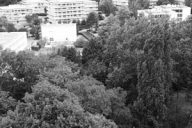
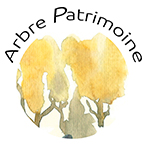 (33)07 60 50 08 70
(33)07 60 50 08 70






